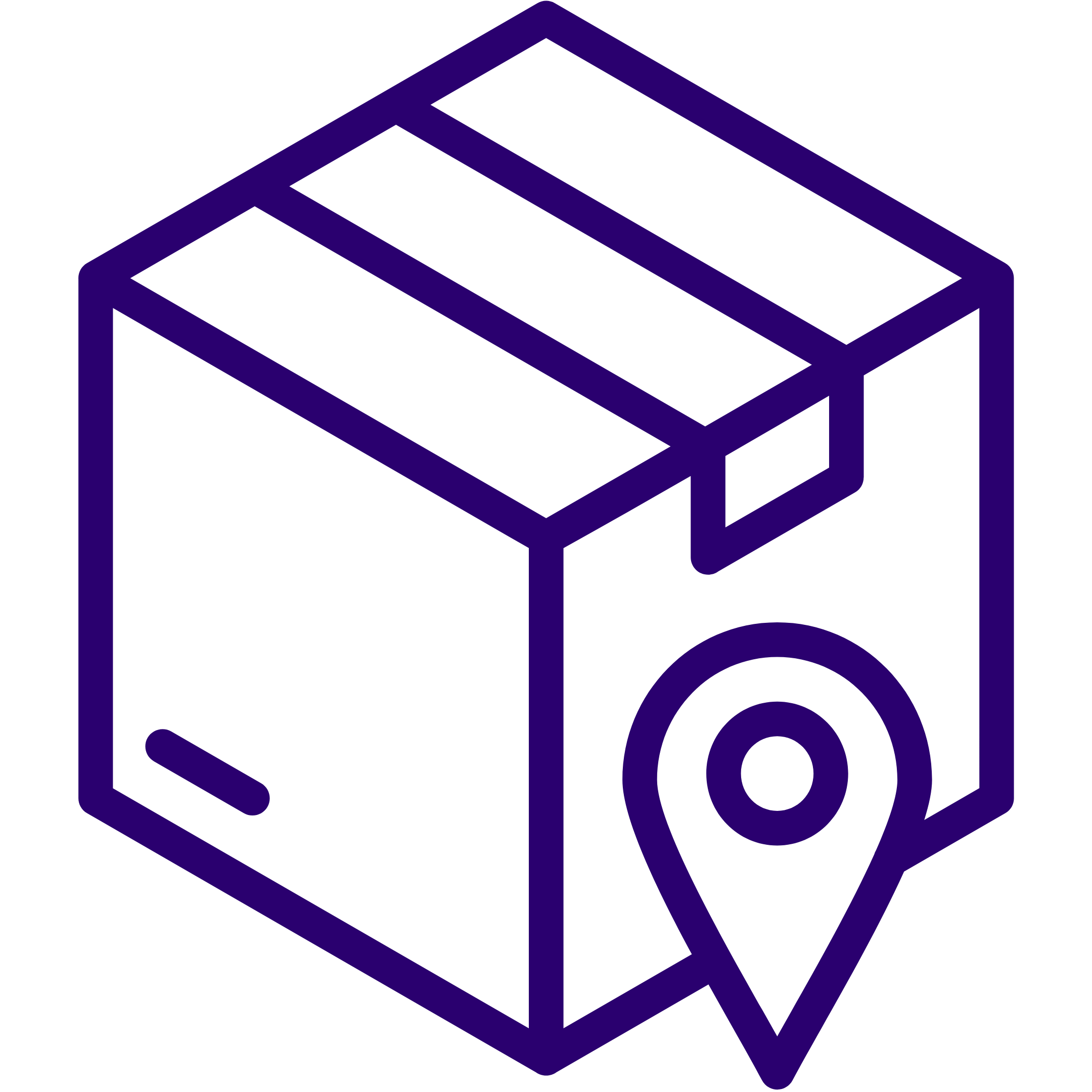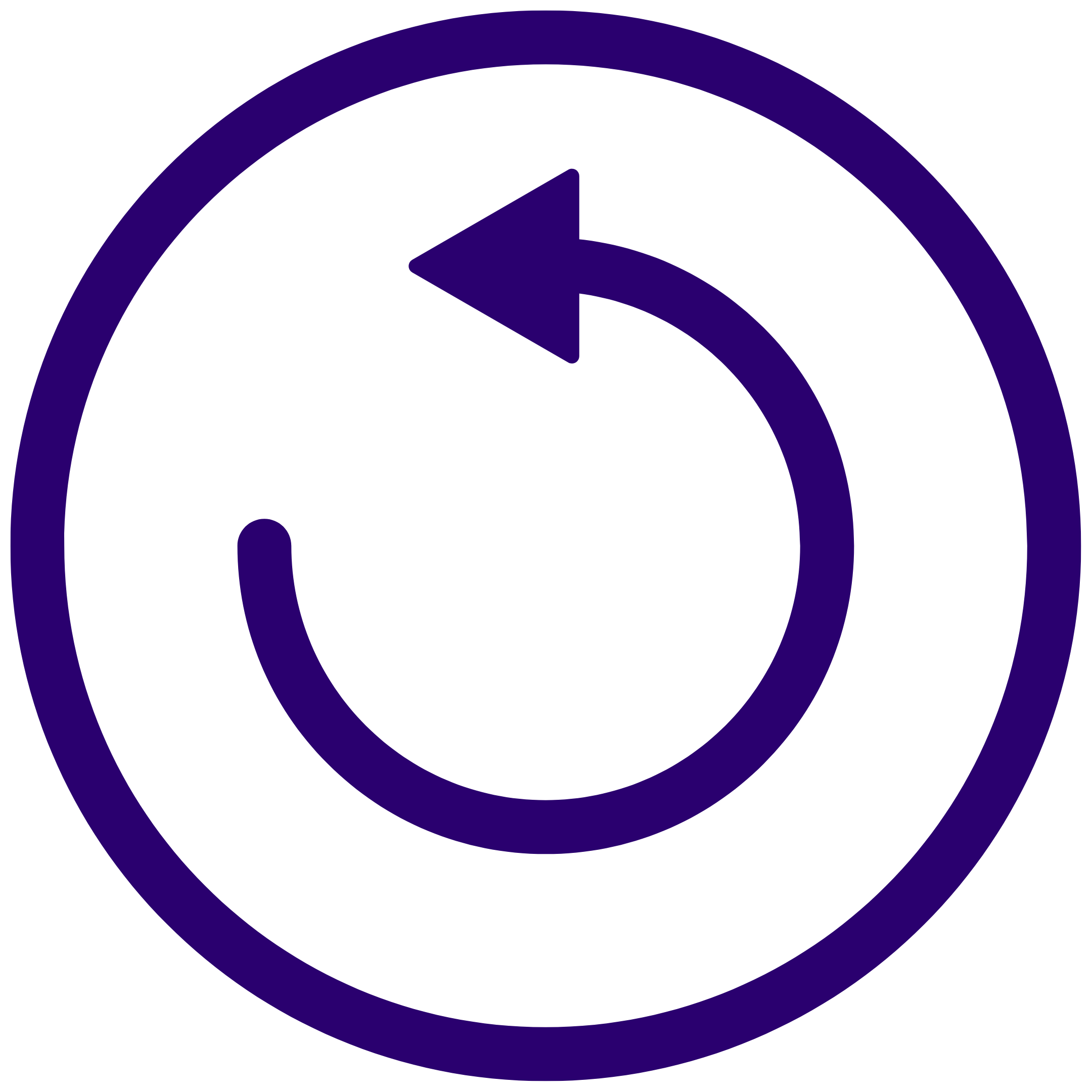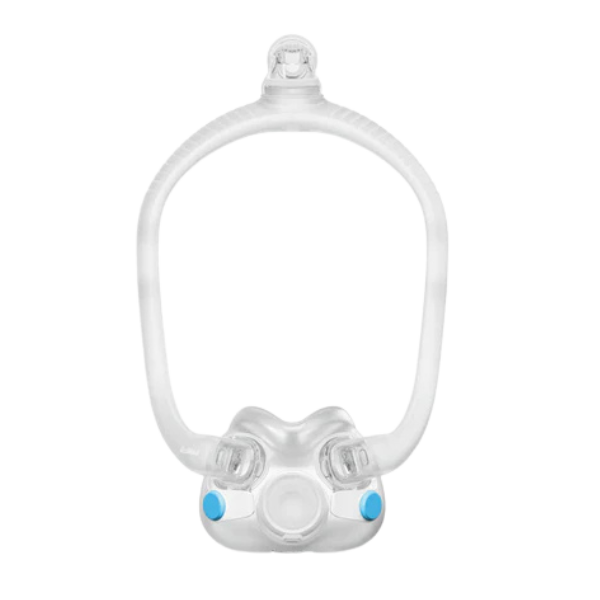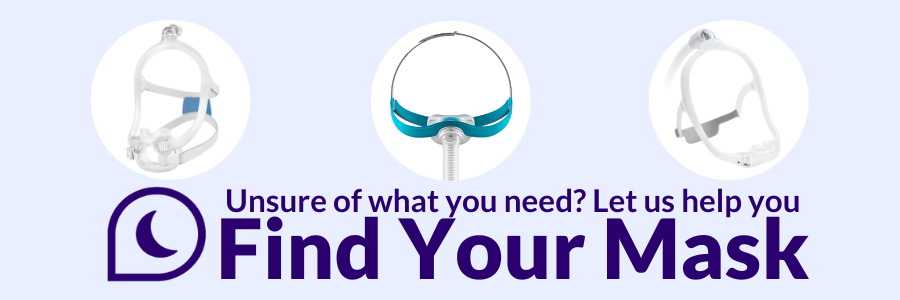Full face CPAP masks provide a secure seal around both your mouth and nose, giving you the flexibility to breathe through either. This makes them an ideal choice for mouth breathers, or people who experience frequent allergies or nasal congestion.
Full face masks diffuse your airflow over a wider area, so some CPAP users find them more comfortable than nasal masks or nasal pillows, especially those with high pressure settings.
The mask frames for full face masks typically have a larger profile than other mask types; however, some minimal contact masks seal under the nostrils, instead of over the bridge of the nose. This allows a wider field of vision, that you’ll love if you like to read or watch TV before bed.
Who Are Full Face CPAP Masks Ideal For?
Sleeping Position:
-
Back Sleepers
- Side Sleepers (Minimal Contact Full Face CPAP Masks)
Breathing Style:
-
Mouth Breathers
-
Nose breathers
Additional Considerations:
-
Higher Pressure Settings
-
Experience Frequent Nasal Congestion or Allergies
There may be more key factors you should consider (such as if you are claustrophobic, have facial hair, and/or you're an active sleeper or side sleeper) that might lead you to consider a different mask type. Consulting with your sleep specialist or healthcare provider is highly recommended.
-
Why Choosing the Best Mask Fit is Key
Making certain you find an optimal, comfortable fit for your CPAP mask plays a significant role in the effectiveness, safety, compliance, and overall experience of your sleep therapy. Establishing a secure mask seal prevents pressurized air from leaking between your face and your mask cushion, promoting steady airflow to your upper airway. This helps to eliminate side effects caused by a poorly fit CPAP mask, such as skin irritation, dry eyes, nasal congestion, discomfort, and reduced CPAP therapy effectiveness.
Find more information on the importance of properly fitting your CPAP mask with this helpful blog or our CPAP Mask Fit Guide.
How Do I Choose the Correct Mask Cushion Size?
- Full Face Mask Cushion Sizing Guides: Use our helpful Mask Sizing Guide Directory to view, download, and print out any available full face mask cushion sizing guide PDFs we have listed. These guides include instructions, tips, and diagrams for finding the perfect mask cushion size for you.
- Fit Packs & Starter Kits: Many of the CPAP masks we carry are made available in fit packs or starter kits that include multiple mask cushion sizes within the setup pack, allowing you the opportunity to try on each cushion size to determine the most comfortable and secure fit for your needs.
Find Your Mask
Is a Full Face CPAP Mask the Same As a Nasal or Nasal Pillow CPAP Mask?
A traditional full face mask cushion covers both your nose and mouth, providing a seal over both airways.
Nasal CPAP masks rest over your nose, while nasal pillow masks feature nasal pillows that fit inside of your nostrils. Nasal masks and nasal pillow masks deliver air directly through your nasal passages.
Common Mask Cushion CPAP Mask Materials
-
Silicone Mask Cushions: Soft and flexible, silicone mask cushions are highly responsive to sleep position changes throughout the night.
-
Memory Foam Cushions: Memory foam offers the softest available cushion option and effortlessly conforms to your face. However, memory foam cushions typically have to be replaced more frequently than other materials.
-
How to Clean a Full Face CPAP Mask
Regularly cleaning your CPAP mask parts and components is crucial for avoiding the accumulation of bacteria, debris, oils, and other contaminants. This will help prevent the buildup of germs that may cause skin irritation and other unwanted side effects.
Before following the instructions below, first make sure your CPAP machine is unplugged from the power source, disconnect your mask and air tubing from your CPAP machine, and disassemble your mask components into 3 parts (mask cushions, headgear, and frame):
Part Cleaning Frequency Instructions Full Face Mask Cushions
Daily
- Using a mild detergent* and warm, drinking-quality water, gently clean your mask cushions to remove any dirt, debris, and oils. Vinegar solutions (3:1, water:vinegar mix) can be used by soaking for 30 minutes to kill accumulated bacteria.
- Rinse thoroughly.
- Allow to air dry, avoiding direct sunlight.
Mask Frame
Weekly
- Using a mild detergent* and warm, drinking-quality water, gently clean your mask frame to remove any dirt, debris, and oils. Vinegar solutions (3:1, water:vinegar mix) can be used by soaking for 30 minutes to kill accumulated bacteria.
- Rinse thoroughly.
- Allow to air dry, avoiding direct sunlight.
Headgear
Weekly
- Using a mild detergent* and warm, drinking-quality water, gently clean your mask headgear to remove any dirt, debris, and oils. Do not use a vinegar solution.
- Rinse thoroughly.
- Hang dry, avoiding direct sunlight.
Chinstrap
Weekly
- Using a mild detergent* and warm, drinking-quality water, gently clean your mask chinstrap to remove any dirt, debris, and oils. Do not use a vinegar solution.
- Rinse thoroughly.
- Hang dry, avoiding direct sunlight.
*Avoid using strong detergents or soaps, especially those that contain harsh chemicals, perfumes, dyes, moisturizers, or alcohol.
You can find more useful information regarding CPAP cleaning with this blog:
CPAP Mask Replacement Schedule
To keep your CPAP therapy both effective and hygienic you should replace the individual parts of your mask according to the recommended schedule. This will help ensure that your CPAP mask is clean and free from air leakage, and always maintains the perfect fit.
-
Full Face Mask Cushions — Every 4 weeks
-
Mask Frame — Every 3 months
-
Headgear — Every 6 months
-
Chinstraps — Every 6 months
- CPAP/BiPAP/Auto-PAP Machines — 5 years
-
30 Day Mask Guarantee
Choose your next mask with confidence with our 30-day guarantee on new CPAP masks. If you’re not fully satisfied with your purchase, you’ll get the full amount towards a new mask – at no extra cost!
Learn more about our 30-Day Mask Guarantee.

